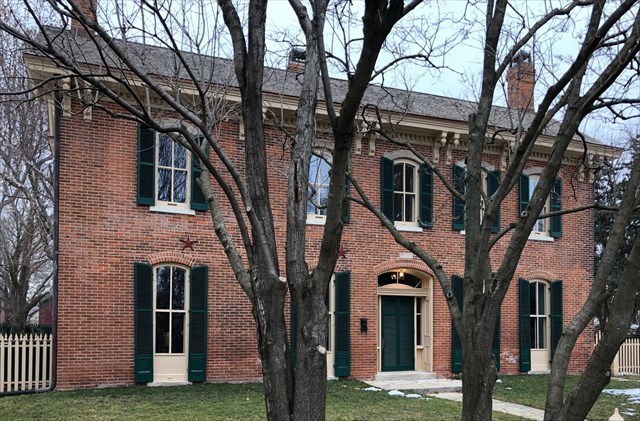
Directions for finding the geocache:
Visit each of the 3 stages (Posted Coordinates, Stage 2, and Stage 3), note down the information requested from each kiosk (CHECK BOTH SIDES!), and enter the data items in certitude as described near the bottom of the instructions.
AT THE POSTED COORDINATES:
Be sure to view the exterior of the beautiful nearby brick home at '1142' that is on the National Registry of Historic Places, then find:
What year was it named an Iowa City Landmark? (4 numeric digits) A=__ __ __ __
How many bricks were made per year? (First 3 numeric digits only) B=__ __ __
AT STAGE 2, find:
What Infantry number? (2 numeric digits) C=__ __
How many steel homes were produced? (First 2 numeric digits only) D=__ __
AT STAGE 3, find:
What was the company president's last name? (use letters) E=__ __ __ __ __
What metal was salvaged that involved a bonfire? (use letters) F=__ __ __ __ __ __
Now put the answers for A, B, C, D, E, F all together in one long string and enter them into the Certitude Checker below. If you have everything correct, the checker will give you the coordinates to the geocache!
example (all incorrect, just a visual): 18557771199ABCDEUVWXYZ

You can validate your puzzle solution with certitude.
*** HAVE FUN, AND ENJOY YOUR LONGFELLOW TOUR ! ***
* Please be stealthy at the final, and Please keep it well-hidden from muggles! *
DTCBEARSnMATHMATE are supporting members of…
